Underwater Researchers Uncover Mysteries in the World’s Largest Underwater Volcano
In 2015, a new island rose out of the South Pacific, presenting ecologists, biologists, geologists, and volcanologists with new and unprecedented opportunities. With a blank canvas, this island allowed scientists to learn how ecosystems transpire, from the stage of microbial infantry to the appearance of complex organisms like plants and animals.
However, in 2022, that island was obliterated in the largest volcanic eruption in recorded history. So, what exactly are we hoping to learn from this seismic event?
A New Island First Arose from the South Pacific in 2015
In 2015, a new island, dubbed Hunga Tonga-Hunga Ha-pai, appeared in the South Pacific, offering ecologists, geologists, biologists, and volcanologists new opportunities to explore.
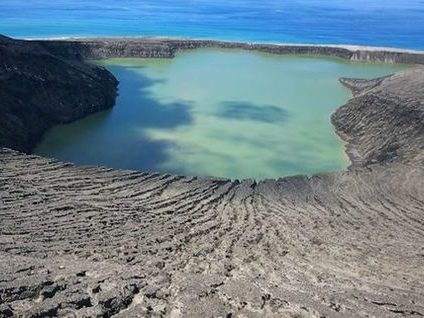
Source: theatlantic.com/ Pinterest.ph
The appearance of this new island offered a unique opportunity to learn more about how complex organisms eventually colonize islands. However, the island didn’t last for long since it was destroyed by a different eruption in January 2022.
Luckily, We Were Able to Learn from the Island
During its seven-year lifespan, scientists discovered a number of exciting secrets on the island.
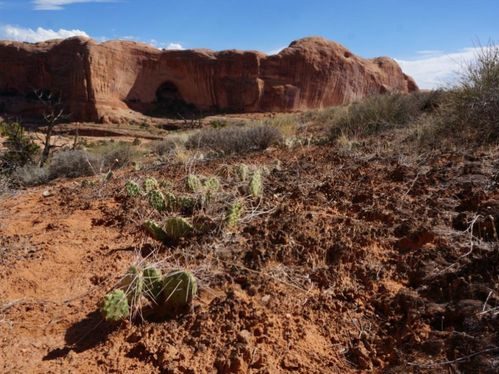
Source: sciencedaily.com/ Pinterest.ph
In a recent study, researchers reported evidence of a surprising microbe community in Hunga Tonga-Hunga Ha-Pai. These organisms had the ability to metabolize atmospheric gases and sulfur, much like the organisms living in deep-sea hydrothermal vents and hot springs.
It Was Certainly Not What Scientists Expected
Nick Dragone, a microbial ecologist from the University of Colorado, said they did not expect to see the thing their eyes witnessed.

They had assumed they would find cyanobacteria or organisms similar to those on glacier retreats. Essentially, they thought they’d find colonizing species. However, they stumbled upon a unique bacterial group that metabolizes atmospheric gases and sulfur.
Dragone and His Team Collected Samples
Alongside several fellow researchers, Dragon gathered 32 soil samples from the island from the crater summit down to the sea level of 120 meters. Then, they decided to collect and sequence DNA from those samples.
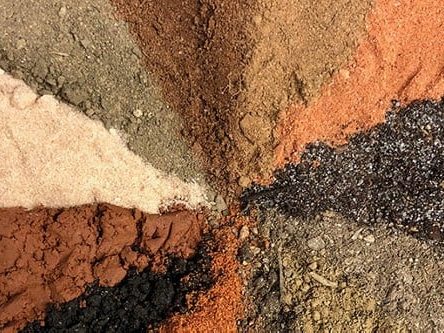
Source: cen.acs.org
Quickly after the island’s formation, plants colonized it. The team believes it was likely from seeds in bird droppings.
However, the Team Continued Focusing on Non-Vegetated Surfaces
The team discovered all kinds of archaea and bacteria on these dead surfaces.

Source: biologywise.com/ Pinterest.ph
They did note, however, that the microbes found in the volcano’s cone provided far less diversity versus the microbes from the vegetated ground. They were also very different organisms altogether.
The Team Felt that the Microbes Were Unique
While it would be practical to assume the first microbes on this new island made their way from bird droppings, the researchers believed there was something else to the equation.
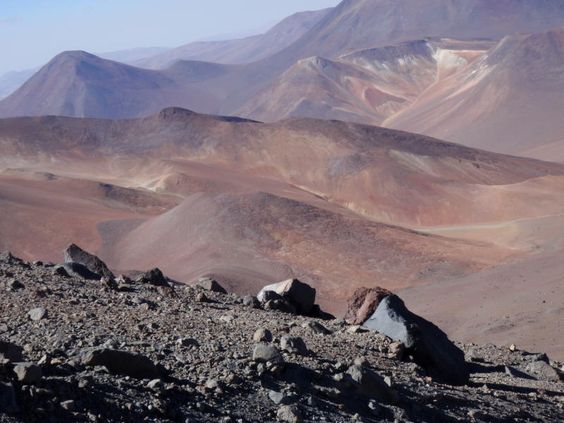
Source: sciencedaily.com/ Pinterest.ph
Instead, they believed that the bacteria came from far beneath the surface of the Earth. Their beliefs stemmed from the fact that the hydrogen sulfide gas was the thing fueling the unique organisms they had discovered.
Scientists Had Seen Organisms Like This Before
Dragone noted that the microbes were very similar to those found in other volcanic systems or hydrothermal vents, such as the ones in Yellowstone’s hot springs.
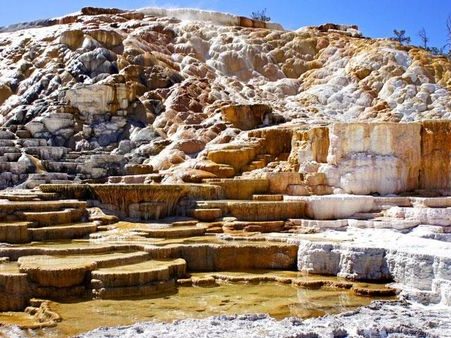
Source: yellowstoneparknet.com/ Pinterest.ph
Though they had seen organisms like this before, it was rare having the opportunity to investigate this type of system. It was forming from a blank slate or new organic matter.
Only Three Similar Landmasses Have Appeared in the Last 150 Years
Hunga-Tonga is one of three landmasses like this that have appeared out of the ocean and stayed intact for more than one year. However, Hunga-Tonga is unique because it is the first to ever appear in the tropics.
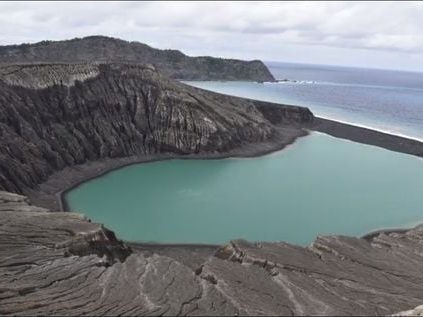
Source: Pinterest.ph
Many scientists flocked to those islands to study life there, though they mainly focused on plants and animals rather than studying microbes.
Volcanic Eruptions Alone Aren’t Rare
According to Dragone, volcanic eruptions like this one are not rare. They happen worldwide.
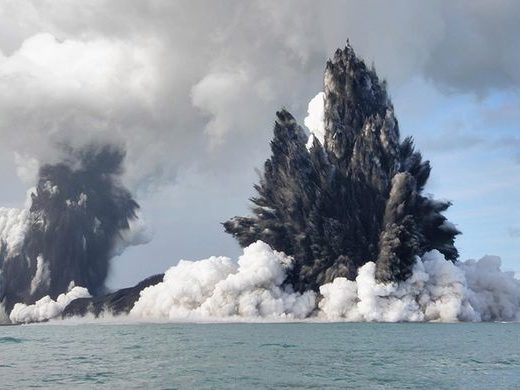
Source: boston.com/ Pinterest.ph
However, the main difference is that these volcanic eruptions do not usually form islands. The team was presented with what may have been a once-in-a-lifetime opportunity to study microorganisms on this scale at the earliest stages of an island’s formation. For the team, it was a dream come true.
Unfortunately, We Will Not Be Able to Directly Study Its Inhabitant Again
Seven years after Hunga-Tonga emerged from the ocean, it vanished again in January 2022 when the volcano erupted.
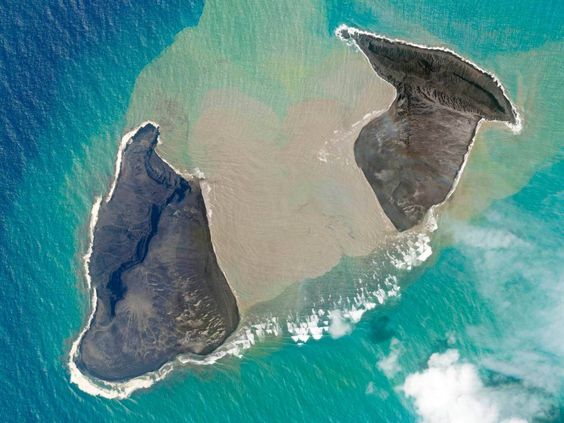
Source: nzherald.co.nz/ Pinterest.ph
Surprisingly enough, this volcano produced what would be the largest eruption in the 21st century. It also took the world record for the highest plume of ash and steam ever. Luckily, scientists learned from the island before it was obliterated.
The Blast from the Explosion Was Strikingly Powerful
Experts estimated the blast from the volcano to be a hundred times more powerful than the nuclear explosion from Hiroshima.
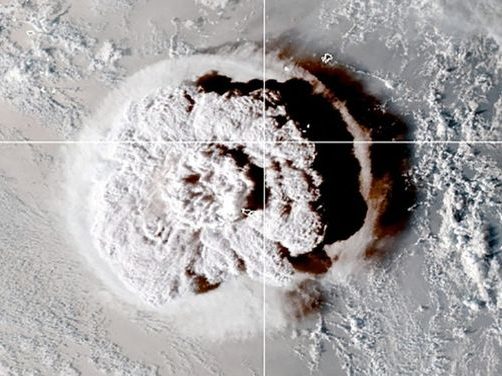
Source: apple.news/ Pinterest.ph
It was so strong that people in Alaska could hear it, even from over 6,000 miles away. The tsunami that ensued created 15-meter waves and did an estimated $90.4 million in damages in Tonga.
A Team of Researchers Recently Completed an Event Investigation
After studying the aftermath of the event and trying to understand its occurrence in the first place, researchers found that the blast displaced nearly 10 square kilometers of the seafloor, which is more than 2.5 million Olympic-sized swimming pools.
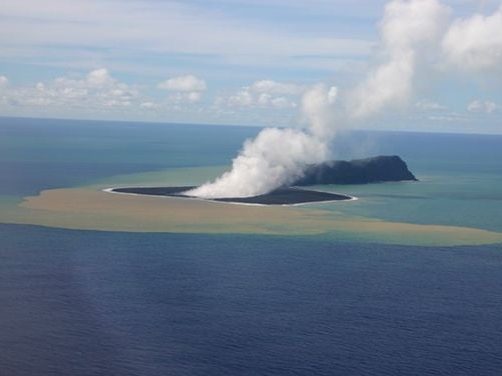
Source: mondoweiss.net/ Pinterest.ph
What puzzled them was that only ¾ of the material from the blast was deposited 12 miles surrounding the volcano, with much of it missing.
The New Zealand National Institute of Water and Atmospheric Research (NIWA) Chalked It Up to Aerial Loss
The team that conducted some of the primary research notes that the missing debris was due to aerial loss, which is one of the main reasons they didn’t notice it until they completed working on the map.
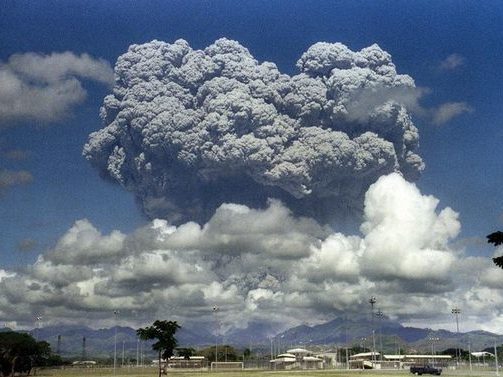
Source: apple.news/ Pinterest.ph
Essentially, the material shot upward into the atmosphere, where it remained, circulating for many months.
However, It Was Still Unclear to the Team Why the Explosion Was So Powerful
The good thing was that the team had a few answers from an earlier NIWA expedition, wherein a team mapped the surrounding Hunga-Tonga seafloor.
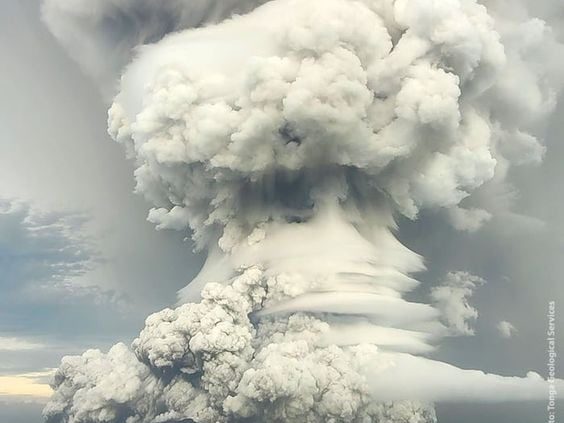
Source: 9gag.com/ Pinterest.ph
The research vessel was set to sail in April 2022 to discover more about the unusually violent eruption. At this point, the once large island was split into two smaller islands — Hunga Tonga and Hunga Ha’apai.
This Team of Seafloor Detectives Were Ready to Make Some Unique Findings
In April 2022, Erica Spain, a NIWA marine geology technician, set sail with another expedition member to learn more about the explosion.
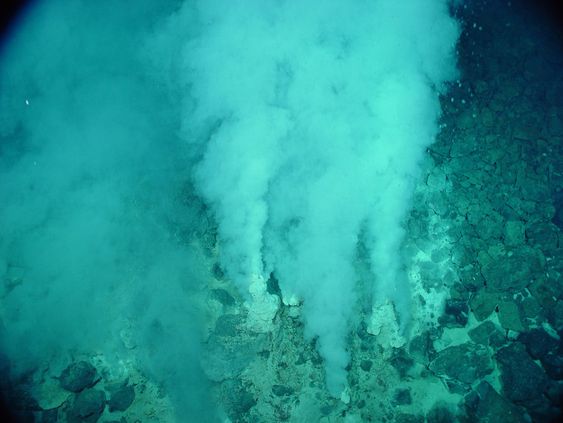
Source: apple.news/ Pinterest.ph
Erica is a self-described “seafloor detective,” using cutting-edge echolocation technology to find underwater volcanoes and learn more about what influences act as catalysts for these massive underwater eruptions.
The Ship Was Equipped with the Best Surveillance Equipment
The NIWA research vessel uses some of the best state-of-the-art surveillance equipment and technology available.
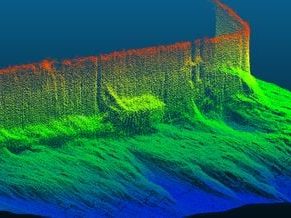
Source: yolaxinfra.com/ Pinterest.ph
With it, Erica wanted to procure rock samples and mud sediment from the seafloor and operate the multibeam echosounder to map the seafloor using acoustic pulses. She likened the technology to dolphin echolocation, allowing them to build geometry and space based on readings.
Before the Eruption, the Island Wasn’t Much
The volcanic cone of Hunga-Tonga was around 328 feet tall, sitting on a tiny island deep in the Pacific.
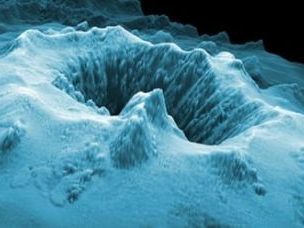
Source: sciencealert.com/ Pinterest.ph
Before the massive eruption, the island didn’t give scientists much to look at. However, beneath the water’s surface, the volcano stretched over two kilometers deep and 20 kilometers wide, painting a much larger portrait of discovery possibilities.
The Findings Were Quite Explosive
Erica said the findings were a bit of a shock to the team. They had originally thought a massive eruption like this would have left a fair amount of volcanic debris along the seafloor.
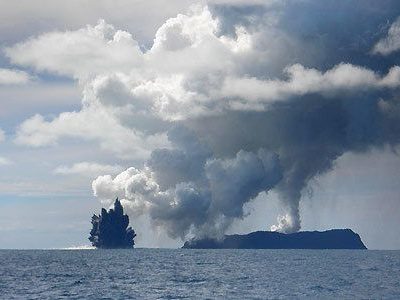
Source: atlasobscura.com/ Pinterest.ph
However, a decent portion of the volcanic material was shot straight up into the stratosphere, leaving the volcano looking much like it did before the eruption.
They Realized Steam Was In Part to Blame for the Size of the Eruption
The discrepancy between the seafloor debris and the size of the collapse gave the hint of a reason for the size of the explosion.
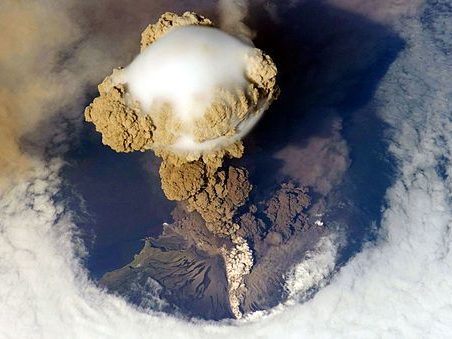
Source: daily-trends-us.blogspot.com/ Pinterest.ph
The volcano’s hot magma was mixed with the cold ocean water, creating steam. Compared to water, steams take up about a thousand times more volume. This gave the team a clue as to why the volcano was so incredibly eruptive.
The Mechanisms for the Blast Were Many
Emily Lane, a NIWA hydrodynamic scientist, noted the multiple mechanisms that caused the catastrophic blast.
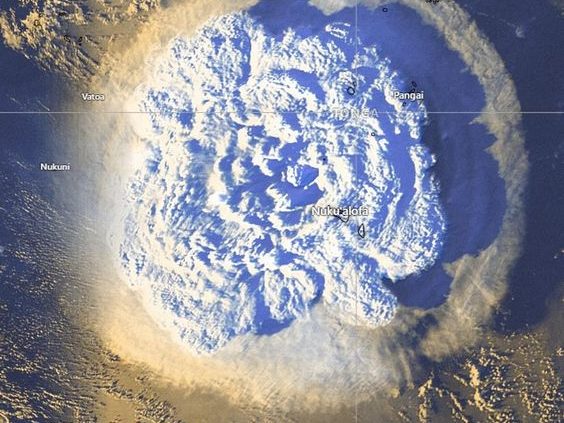
Source: dailymail.co.uk/ Pinterest.ph
Localized waves were a result of the initial blast, though air pressure changes created a meteotsunami that traveled faster than the speed of sound. This pressure wave likely traveled across the globe anywhere from three to four times over.
The NIWA Had a Tsunami Warning In Place
The NIWA put sensors around the seafloor throughout the surrounding New Zealand and South Pacific regions to monitor tides, currents, and sea levels. The plan was to report anomalies.
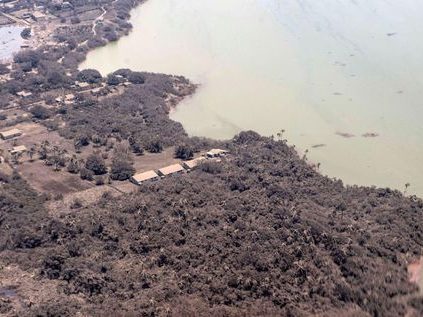
Source: cnn.com/ Pinterest.ph
Now, with the new data gathered from the Tonga region, the team can better refine their sensor technology.
The Event Had a Significant Scientific Impact
Such a unique event came with unique knowledge, so Emily Lane and her team now say they have a better understanding of how volcanic tsunamis form.
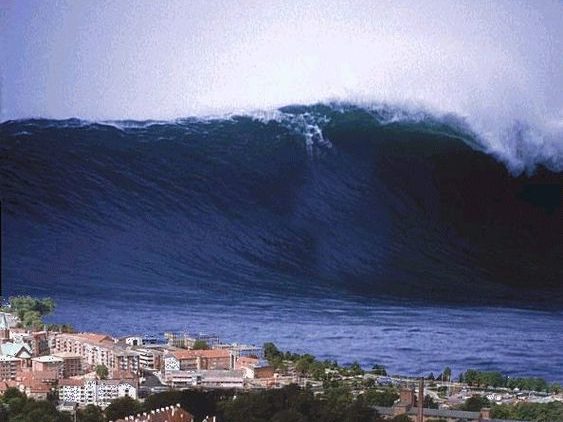
Source: oldphotosbombay.blogspot.com/ Pinterest.ph
She also noted that this was the first time she measured the data from an event using modern instrumentation.
Now, a Much Larger Project Is Underway
The seafloor map not only gave researchers better insight into the reason behind the massive Tonga eruption but for a much larger project for the future.
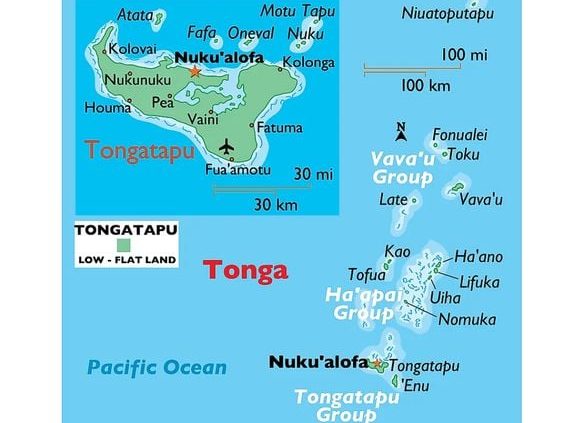
Source: worldatlas.com/ Pinterest.ph
A new global initiative from the Nippon Foundation, Seabed 2030, aims to use these findings to map the entirety of the ocean floor.
This New Map Will Provide Us With Important Information
Erica Spain hopes this new map will provide scientists with insightful information on vulnerable underwater environments.
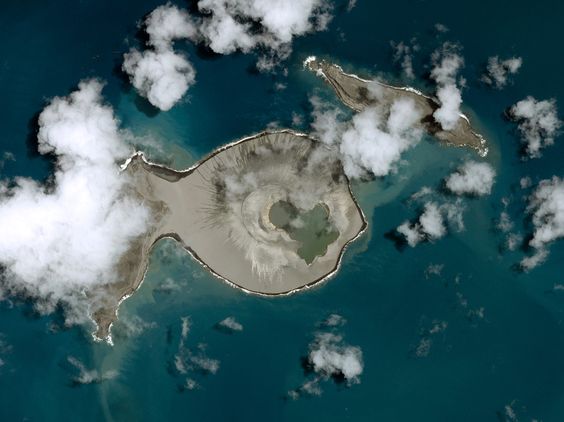
Source: blog.education.nationalgeographic.org/ Pinterest.ph
They can also help in the recovery of the surrounding marine ecosystem.
For Nations Like Tonga, This Kind of Understanding Is Essential
Tonga, a place where more than 80% of the population utilizes subsistence fishing, has a greater understanding of how eruptions can impact aquatic life is necessary.
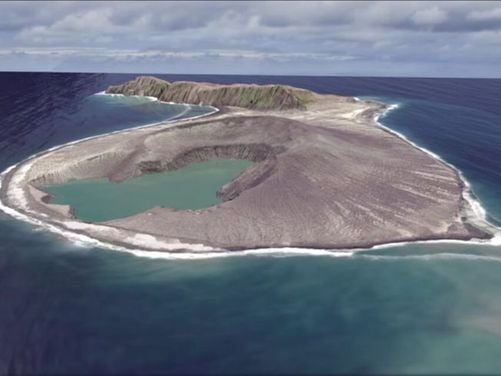
Source: earth.com/ Pinterest.ph
Erica Spain says that by mapping, observing, and understanding our ocean, we can better understand how we impact it.
